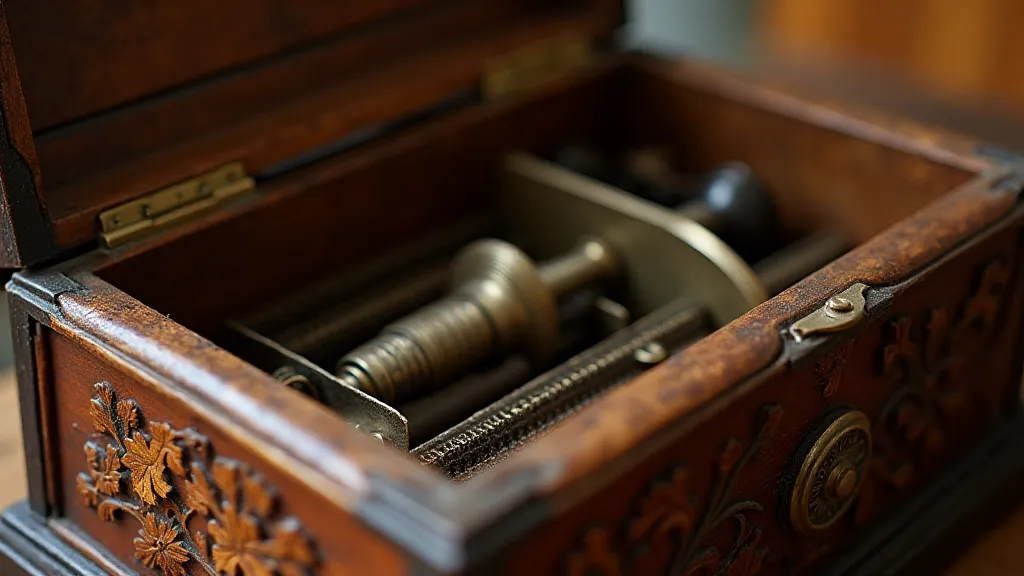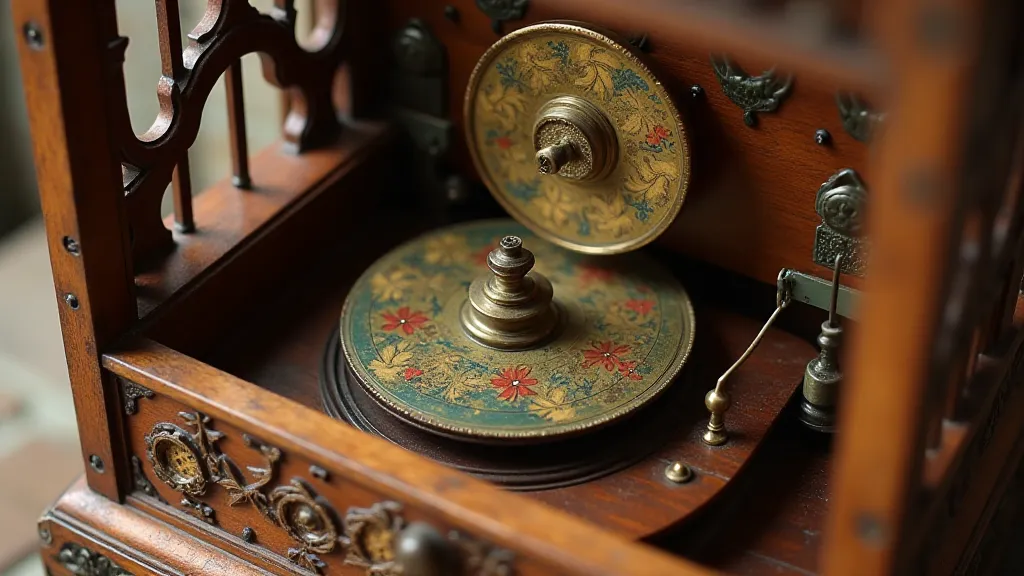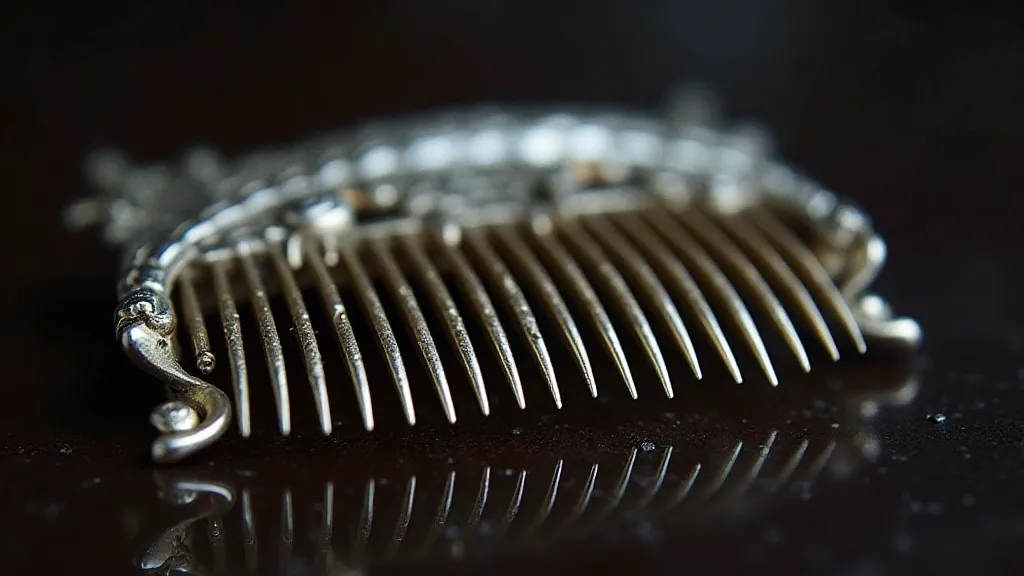The Cartography of Sound: Mapping Musical Motifs Across Antique Music Box Generations
There's a quiet magic held within an antique music box. It isn’t just the mechanics – the intricate gears, the delicate combs, the spinning cylinder – but the echoes of a time long past, encapsulated within a miniature orchestra. To truly appreciate these treasures, it’s helpful to understand the evolution of the music they play: a sonic cartography revealing shifts in cultural tastes, technological advancements, and the simple human desire for beauty and entertainment. My own fascination began with my grandmother's 19th-century Swiss cylinder box, playing a surprisingly melancholic waltz. The way the notes shimmered in the afternoon light always felt like a connection to a generation I never knew, a tiny window into their lives and their loves.

The Early Years: Popular Melodies of the 19th Century
The history of music boxes stretches back to the 18th century, with early examples being simple automatons, but the true flowering of the craft came in the 19th century. The first commercially successful music boxes emerged from Switzerland and Germany, driven by the Industrial Revolution's advancements in precision engineering. Initially, the music was simple—folk tunes, military marches, and popular songs of the day. Think of the lilting melodies accompanying waltzes and polkas, the triumphant strains of patriotic anthems echoing in grand ballrooms and cozy parlors.
The popular tunes of the era profoundly shaped the musical landscape of early music boxes. Johann Strauss’s waltzes, for example, became instant classics, replicated across countless boxes. His compositions, initially deemed scandalous for their energy and danceability, quickly won over audiences and became synonymous with elegance and sophistication. Hearing “Blue Danube” from a tiny music box transports you, unexpectedly, to the opulent ballrooms of Vienna, even if only for a few precious minutes.
Military marches were also incredibly common. The rise of nationalism in the 19th century fuelled a strong desire for patriotic displays, and what better way to celebrate a nation than with a stirring march? Composers like Sousa became household names, and their works—"Stars and Stripes Forever," for instance—were endlessly reproduced in miniature musical form. These boxes were not just entertainment; they were imbued with a sense of national pride and identity.
The Rise of Operetta and the Turn of the Century
As the 19th century progressed, musical tastes evolved. The popularity of operetta, a light and comedic form of opera, heavily influenced music box repertoire. Selections from Gilbert and Sullivan's operettas – "The Mikado,” "H.M.S. Pinafore” – became fixtures, lending a touch of theatrical flair to domestic music rooms. These pieces were often more complex than earlier selections, showcasing the increasing skill of both the composers and the music box makers.
The late 19th century also saw the rise of romantic ballads and sentimental songs. Think of the heartbreaking beauty of Schubert's "Ave Maria" or the tender melodies of Victorian parlor songs. These pieces reflected the growing emphasis on emotional expression and personal sentimentality in popular culture. The music boxes of this era often possessed a more melancholic and introspective quality, mirroring the mood of the times. These pieces, so evocative of longing and nostalgia, demonstrate the power of music to transcend time and connect us to the human condition.

The Early 1900s: Ragtime and the American Sound
The dawn of the 20th century brought a dramatic shift in musical styles, and music boxes were quick to adapt. Ragtime, with its syncopated rhythms and lively melodies, exploded in popularity. Composers like Scott Joplin became internationally renowned, and his "Maple Leaf Rag" and other hits became immensely popular additions to music box collections. This represented a distinctly American contribution to the music box tradition, demonstrating the global reach of musical innovation.
The early 1900s also saw the increasing availability of recorded music, particularly the phonograph. While this posed a challenge to the music box industry, it also spurred innovation. Music boxes became more elaborate, incorporating new features like multiple tunes and more intricate movements. The quality of the metal combs improved, allowing for richer and more complex tones.
Decline and Revival: The 20th Century and Beyond
The Great Depression and the rise of radio and other forms of entertainment led to a significant decline in music box production during the mid-20th century. Many factories closed, and the art of music box making dwindled. However, the appreciation for these charming time capsules never completely vanished.
In recent decades, there has been a remarkable revival in the popularity of antique music boxes. Collectors around the world actively seek out rare and beautiful examples, captivated by their history, craftsmanship, and the evocative power of their music. The restoration of antique music boxes has become a specialized craft, with skilled artisans painstakingly repairing and preserving these delicate treasures.
The music these boxes play is more than just a sequence of notes; it’s a soundtrack to history. Each piece represents a moment in time, a reflection of cultural tastes and technological advancements. Owning a music box is akin to possessing a miniature museum, a tangible link to generations past. As I sit now, listening to the faint, tinkling melody of my grandmother's waltz, I am reminded of the enduring power of music to transport us, to connect us, and to preserve the echoes of the past. It's a cartography of sound, a map of human emotion, etched onto delicate combs and spinning cylinders, waiting to be rediscovered.






